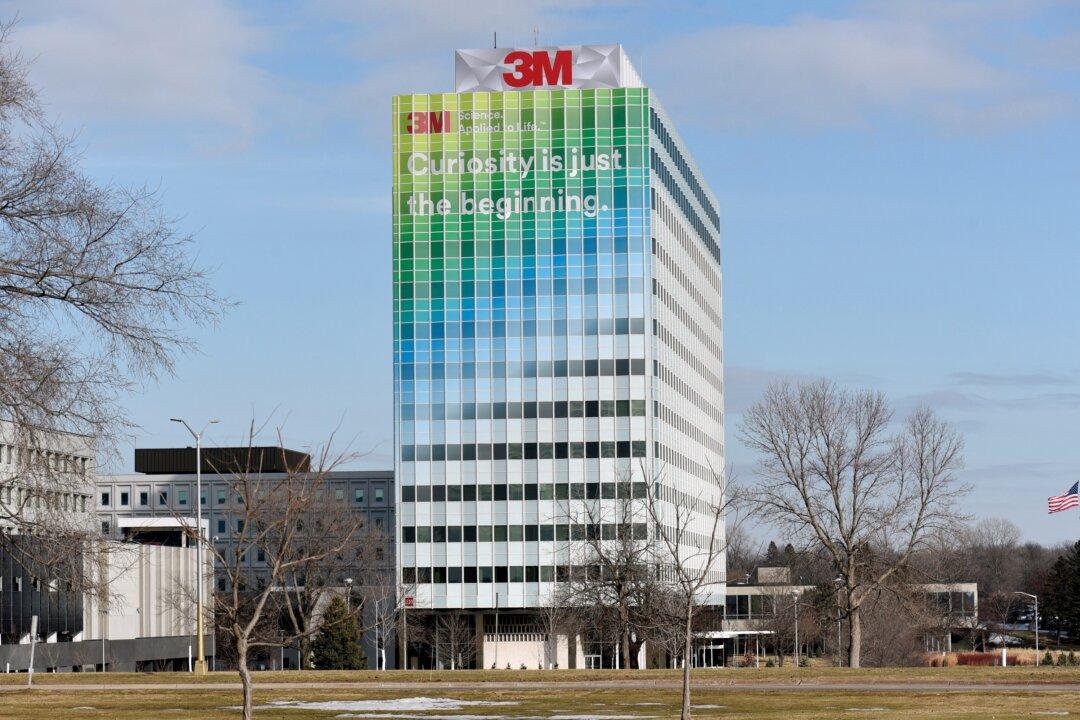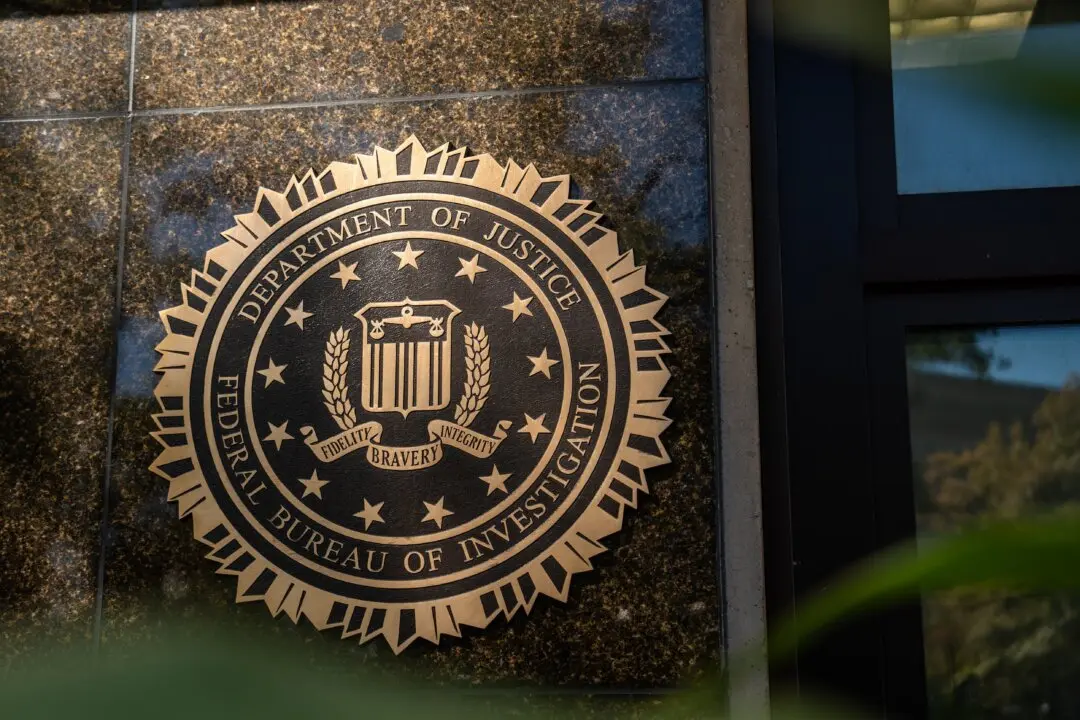A coalition of states led by California is opposing a settlement between chemical manufacturer 3M Co. and water utilities affected by contamination of “forever chemicals,” arguing that the deal benefits neither utilities nor communities affected by the pollution.
In June, 3M announced a $10.3 billion settlement with U.S. public water systems to resolve allegations related to water contamination. The settlement is payable over 13 years. 3M is alleged to have made or sold firefighting foams containing PFAS chemicals that have resistance to oil, heat, water, and grease. PFAS (per- and polyfluoroalkyl substances) are also known as “forever chemicals” because they don’t break down easily in the human body or the environment.





